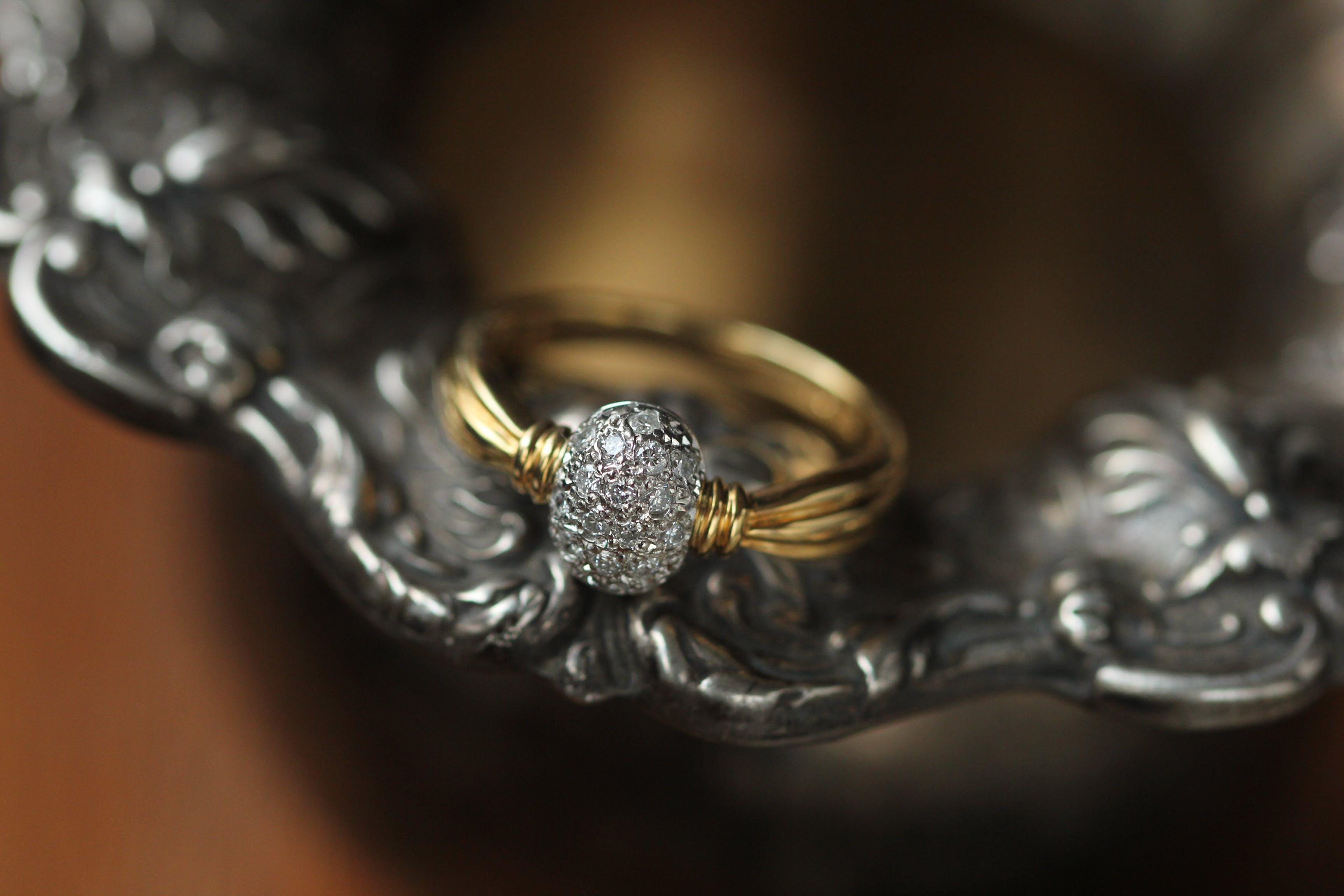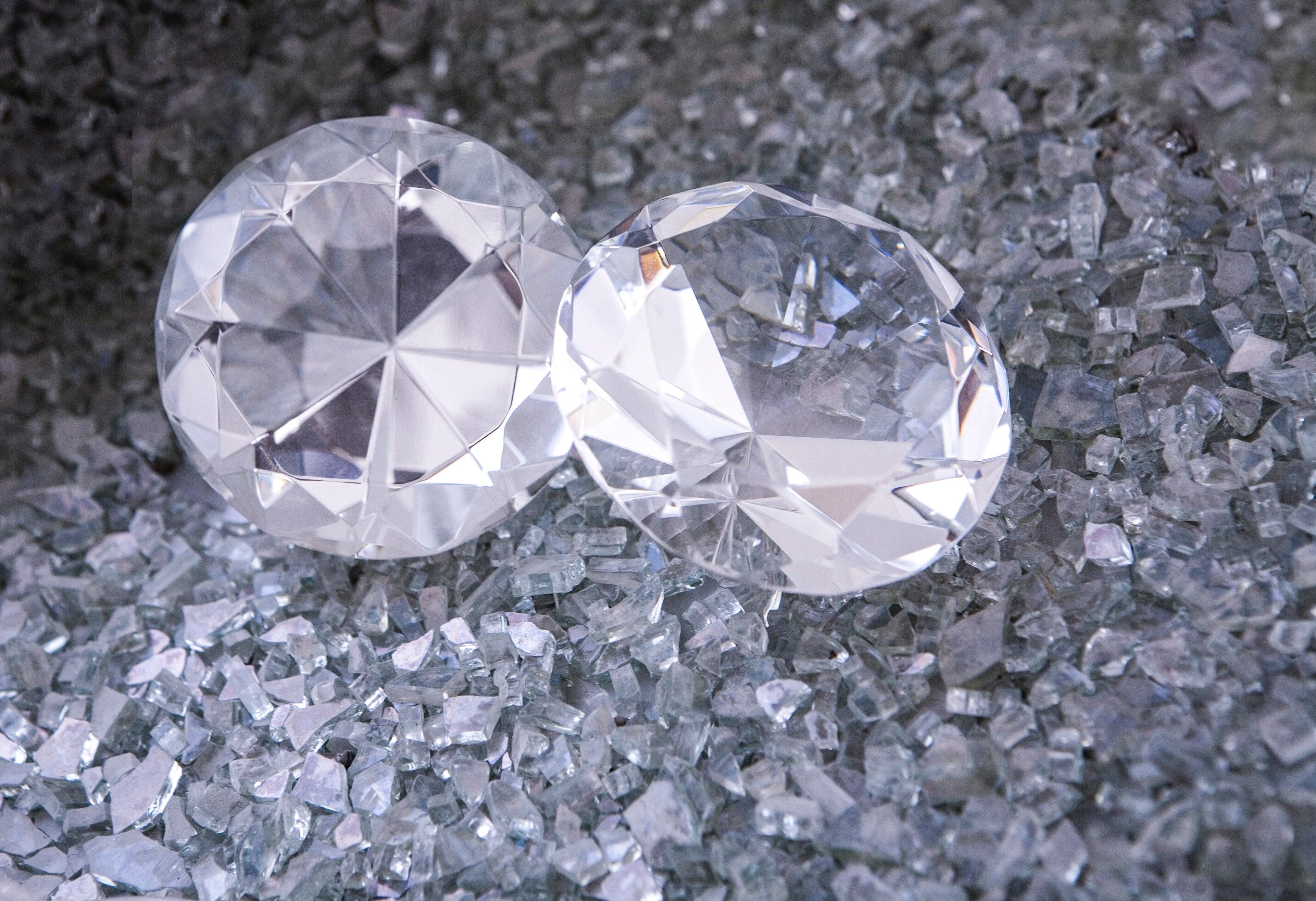
Hidden Treasures: Lesser-Known Facts About Diamonds
Diamonds, the epitome of luxury and elegance, have captivated humanity for centuries. Their dazzling beauty, rarity, and cultural significance make them one of the world's most treasured gemstones. While many people are familiar with the basics of diamonds, there are numerous lesser-known facts and hidden treasures waiting to be unearthed about these precious gems. In this article, we will delve into the fascinating world of diamonds to uncover some of these lesser-known facts, shedding light on their history, properties, and unique characteristics.
1. Diamonds Are Ancient
The journey of a diamond begins deep within the Earth's mantle, where carbon atoms are subjected to extreme heat and pressure, forming crystals. These crystals are then carried to the surface by volcanic eruptions. Some diamonds are believed to be over a billion years old, making them some of the oldest gemstones on Earth. In essence, a diamond is a piece of Earth's history, forged over millennia.
2. The Word "Diamond" Has Ancient Roots
The word "diamond" is derived from the Greek word "adamas," which means "unbreakable" or "invincible." This etymology reflects the diamond's exceptional hardness, as it is the hardest natural substance on Earth.
3. Diamonds Are Not Forever
While diamonds are renowned for their hardness, they are not entirely indestructible. They can chip or crack if subjected to a sharp blow. Additionally, extreme heat can burn a diamond, turning it into graphite, which is its most stable form at the Earth's surface. Despite their durability, diamonds are not immune to damage.
4. The Largest Diamond in the Universe
In 2004, astronomers discovered a star named BPM 37093, which is located about 50 light- years from Earth. This star is composed primarily of crystallized carbon, making it essentially a massive diamond the size of Earth. While not suitable for jewelry, it's a reminder that diamonds exist not just on Earth but also in the vast cosmos.
5. The Color Spectrum of Diamonds
While many people associate diamonds with colorless or white stones, they can come in a wide range of colors. These colors are graded on a scale from D (colorless) to Z (light yellow or brown) by the Gemological Institute of America (GIA). Beyond this range, diamonds can exhibit intense and rare colors, known as "fancy" colors. These include shades like blue, green, pink, and red, and they are highly prized for their rarity and beauty.6. Diamonds from Outer Space In 2008, researchers discovered microscopic diamonds within meteorites that had fallen to Earth.
These space diamonds, known as "nanodiamonds," provide insights into the formation of our solar system and suggest that the conditions for diamond formation exist beyond our planet.
7. The Largest Diamond Ever Discovered
The Cullinan Diamond, discovered in South Africa in 1905, remains the largest gem-quality diamond ever found. In its rough form, it weighed a staggering 3,106 carats (about 1.37 pounds). The diamond was later cut into multiple pieces, with the largest, known as the Cullinan I or the Great Star of Africa, weighing 530 carats and now adorning the British Sovereign's Royal Scepter.
8. Diamonds Can Be Man-Made
Advancements in technology have allowed scientists to create diamonds in laboratories. These lab-grown diamonds, also known as synthetic or cultured diamonds, have the same physical, chemical, and optical properties as natural diamonds. They are increasingly popular due to their ethical and environmental benefits.
9. The Hardest Natural Material
Diamonds are the hardest natural material known to humanity. Their exceptional hardness makes them ideal for use in cutting, grinding, and drilling tools for various industries, including mining, construction, and manufacturing.
10. Diamonds' Role in Technology
Diamonds have numerous applications in technology. They are used in cutting and drilling tools, precision bearings, and high-performance electronics. Diamonds' remarkable thermal conductivity also makes them valuable in applications like high-power laser optics.
11. Diamonds and Ancient Beliefs
Throughout history, diamonds have been believed to possess mystical powers and significance. In ancient Hinduism, diamonds were thought to be created by lightning strikes, and they were associated with the god Indra. In Hindu mythology, diamonds were considered teardrops of the gods. In other cultures, diamonds were thought to provide protection against evil and promote courage and invincibility.12. Diamonds as Healing Crystals In the realm of alternative healing, diamonds are believed to have unique properties. Some people use diamonds as healing crystals, associating them with clarity, purity, and strength. They are thought to enhance one's self-confidence and amplify positive energies.
13. The History of the Hope Diamond
The Hope Diamond, one of the most famous diamonds in the world, has a history steeped in mystery and intrigue. It is believed to have originated from India and passed through the hands of several European monarchs before arriving in America. It is often associated with a curse that is believed to have brought misfortune to its owners.
14. Diamonds as a Symbol of Love
Today, diamonds are closely associated with love and commitment, particularly in engagement rings. The tradition of giving a diamond engagement ring dates back to the 1940s and was popularized by De Beers with the slogan "A Diamond Is Forever." This tradition has since become a symbol of lasting love and commitment.
15. The Rarity of Large Diamonds
Large diamonds are exceptionally rare. The majority of diamonds mined are relatively small, with only a tiny percentage weighing more than one carat. Diamonds over ten carats are considered very rare, and those over 100 carats are considered extraordinary.
In conclusion, diamonds are not only exquisite gemstones but also fascinating treasures with a rich history and unique characteristics. Beyond their use in jewelry, they hold significant cultural, scientific, and historical value. From their role in technology to their cosmic origins, diamonds continue to captivate our imaginations and remind us of the wonder and complexity of the natural world.



